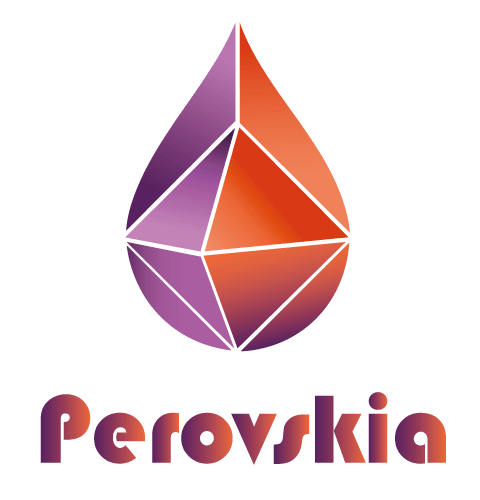 Perovskia Solar AG, under the leadership of CEO Anand Verma, has revolutionized the way electronic devices are powered by introducing indoor solar cells. These solar cells can be customized to any shape, size, and design, making them versatile and adaptable to a wide range of electronic devices.
Perovskia Solar AG, under the leadership of CEO Anand Verma, has revolutionized the way electronic devices are powered by introducing indoor solar cells. These solar cells can be customized to any shape, size, and design, making them versatile and adaptable to a wide range of electronic devices.
Indoor solar cells power devices
While solar cells have traditionally been designed to harness the power of sunlight outdoors, the majority of electronic devices are used indoors. This necessitated the development of solar cells capable of generating electricity from indoor light sources, a feat successfully achieved by Perovskia Solar.
The company’s solar cells can operate with any light source, including natural light, fluorescent light, and LED light. Despite sunlight being more potent than indoor light, these solar cells are designed to be highly sensitive and efficient in capturing and converting indoor light into electricity.
One of the remarkable features of these solar cells is their flexibility. They can be integrated into everyday devices such as smartwatches, keyboards, cameras, and IoT systems, allowing users to have solar-powered devices that never require charging. This is made possible through partnerships with companies like Apple and Samsung, who incorporate the solar cells into their products.
A new material for a new usage
Perovskia Solar’s solar cells are based on a new material called perovskite. This material, combined with their fully printed technology, enables the solar cells to be printed in any shape, size, and design. This not only makes them functional but also aesthetically pleasing. A testament to their innovation is the CES Innovation Award won by their customer, Baracuda Group, for a self-sustainable wristband powered by Perovskia’s solar cells.
The efficiency of perovskite solar cells is also impressive. These solar cells have the ability to absorb a significant amount of visible light, making them highly efficient at converting light into electricity. This means that even in low light conditions, such as indoors, perovskite solar cells can still generate enough power to keep devices running.
In addition to their flexibility and efficiency, perovskite solar cells also offer aesthetic appeal. The black border of the solar cell blends seamlessly into the design of devices, making it almost invisible to the user. This means that devices can be powered by solar energy without sacrificing style or functionality.
Furthermore, perovskite solar cells have the potential to power IoT sensors, which are becoming increasingly important in various industries. These sensors can be used to monitor and collect data in real-time, and the ability to power them with perovskite solar cells makes them even more versatile and efficient.
While perovskite solar cells are not yet capable of powering high voltage devices such as televisions, the technology is rapidly advancing. As researchers continue to enhance the performance and efficiency of perovskite solar cells, it is only a matter of time before they become a viable option for larger devices.
In terms of lifespan, these solar cells are designed to outlast the life of electronic devices, providing users with a long-lasting solution without the need for replacements or maintenance.
Who is Perovskia Solar panels for?
Currently, Perovskia Solar serves customers from various parts of the world, including the US, Japan, Europe, and Asia, and collaborates with global industry players. While the technology is not yet capable of providing power backup for an entire house, the company is working towards that goal.
Conclusion: Indoor solar can power your daily needs
In conclusion, Perovskia Solar’s indoor solar cells have ushered in new possibilities for powering electronic devices. They offer a sustainable and convenient alternative to traditional power sources, thanks to their ability to generate electricity from indoor light sources. The flexibility, efficiency, and aesthetic appeal of these solar cells make them a promising solution for powering consumer electronic devices and IoT sensors. As technology continues to evolve, the potential of indoor solar cells in transforming the way we power our homes and offices is indeed exciting.
Interview by Don Baine, The Gadget Professor.
Get $5 to protect your credit card information online with Privacy.
Amazon Prime gives you more than just free shipping. Get free music, TV shows, movies, videogames and more.
The most flexible tools for podcasting. Get a 30 day free trial of storage and statistics.
Podcast: Play in new window | Download
Subscribe: Apple Podcasts | RSS | More
